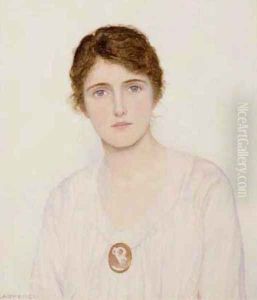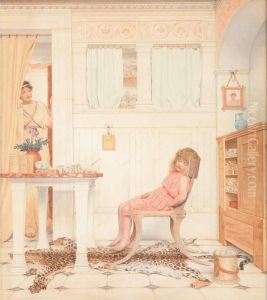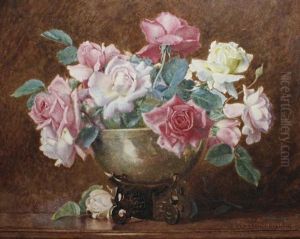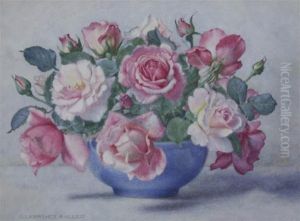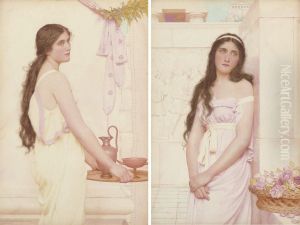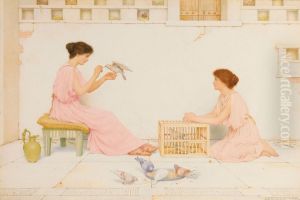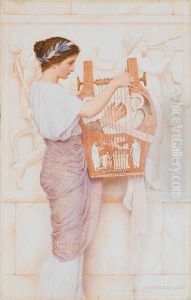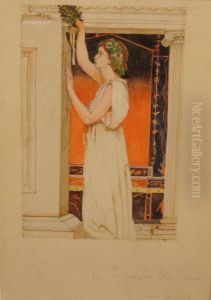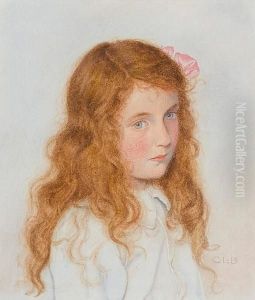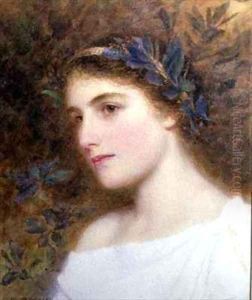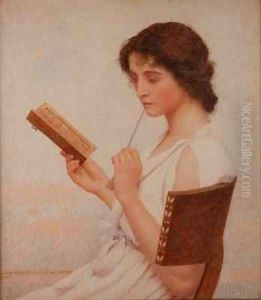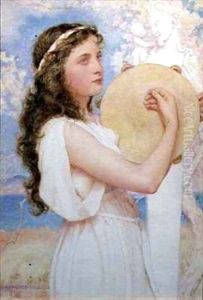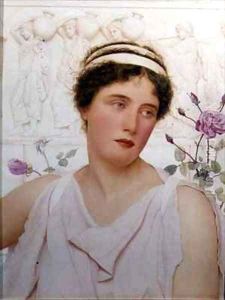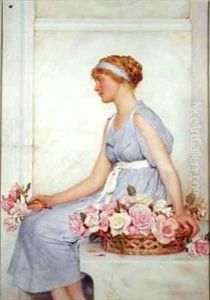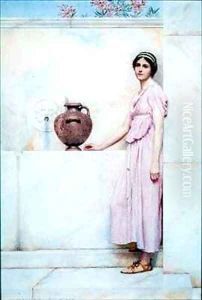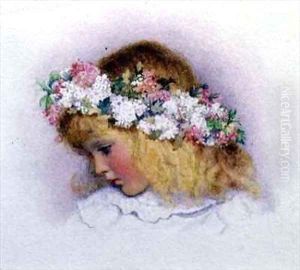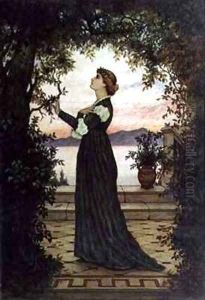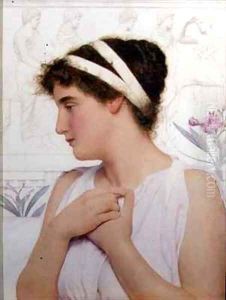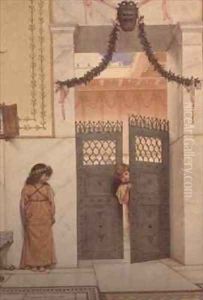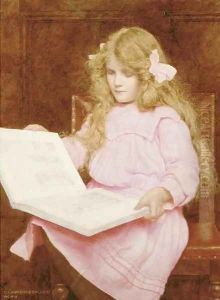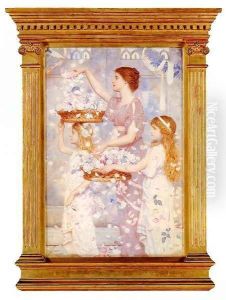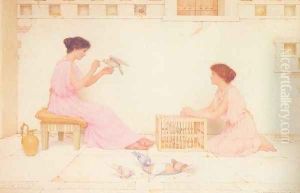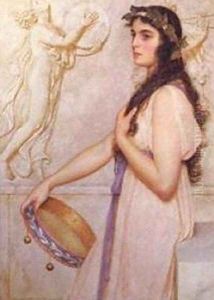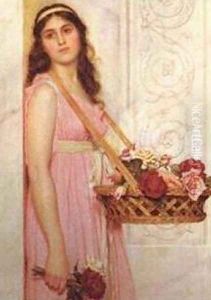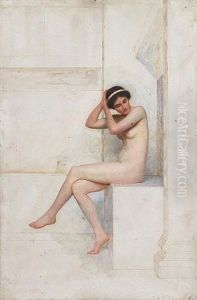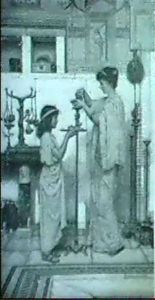George Lawrence Bulleid Paintings
George Lawrence Bulleid was a British artist, best known for his watercolor paintings. Born on May 9, 1858, in Glastonbury, Somerset, England, Bulleid developed a deep appreciation for the English countryside, which would heavily influence his artistic work throughout his career.
Bulleid's education in art began in the Bristol School of Art, where he honed his skills and developed a particular interest in watercolor as a medium. He later moved to London to further his studies and immerse himself in the vibrant art scene of the capital.
Known for his landscapes and rural scenes, Bulleid's work reflects a romantic vision of the English landscape, imbued with a sense of tranquility and pastoral beauty. His paintings often depicted the area around his hometown of Glastonbury, capturing the unique light and atmosphere of the Somerset levels.
In addition to painting, Bulleid was active in the art community. He was a member of various art societies, including the Royal Institute of Painters in Water Colours and the Royal West of England Academy. Throughout his career, he exhibited his work widely, including at the Royal Academy in London.
Despite his artistic achievements, Bulleid remained relatively modest and never sought the limelight. He continued to live and work in Glastonbury for most of his life, drawing inspiration from the surrounding landscape.
George Lawrence Bulleid passed away on February 3, 1933. Although not as widely known today as some of his contemporaries, his work is still appreciated by art historians and collectors who value the gentle and serene qualities of his watercolor landscapes.
